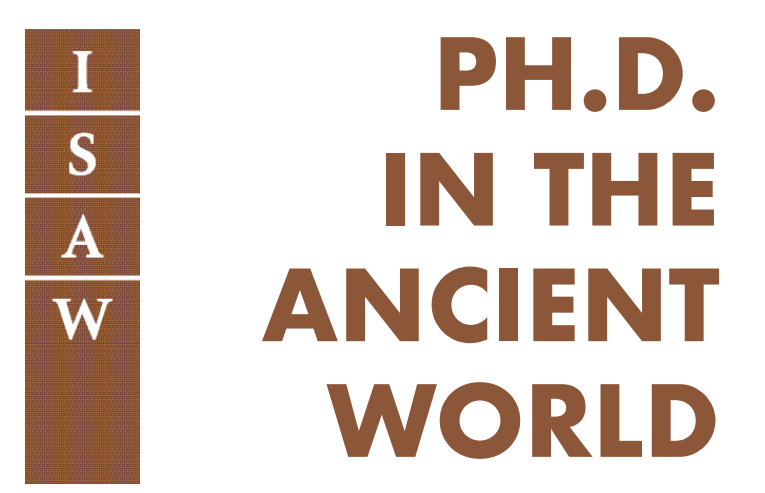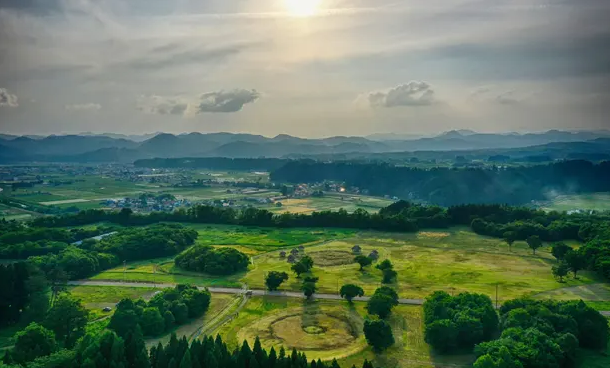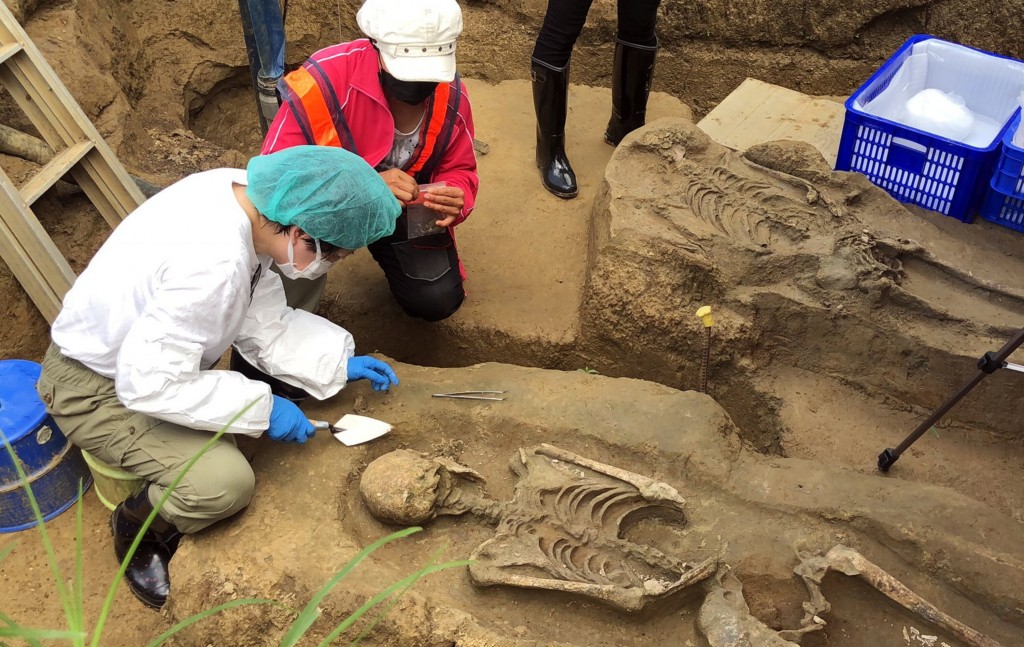Monday, 1 November, 2021, 16:00 BST, via MS Teams (Click here for the talk)
Dr Steven Acabado (UCLA): Decolonizing the Past, Empowering the Future: Communities and Archaeological Practice in the Philippines
News tags
The 2nd edition of Archaeology of East Asia: The Rise of Civilization in China, Korea and Japan is now available in paperback format at Blackwell's for half price for a limited time.
Founded in 1898, Peking University was initially named as the Imperial University of Peking, whose establishment marked the threshold of modern Chinese higher education. Now with a community of over 40, 000 students, faculty members and staff from a variety of cultural backgrounds, Peking University has become a vibrant and internationalized institution in promoting teaching and academic studies.
SEAA is pleased to announce Prof. Peter Bellwood from Australian National University has been awarded the 28th International Cosmos Prize for his contributions to developing our understanding of past human societies, and especially his research on the early farming dispersal hypothesis in Southeast Asia. For more information see the following links:
https://www.anu.edu.au/news/all-news/anu-archaeologist-awarded-top-honour-for-lifes-work--
About ISAW's PhD Program:
Encompassing the ancient world from the western Mediterranean to East Asia, from the Neolithic to the early Medieval period, the Institute for the Study of the Ancient World is focused on creating a new generation of scholars whose work crosses over the disciplinary boundaries of traditional departments.
Tromsø University Museum, UiT The Arctic University of Norway has a four-year position vacant from 1st May 2019 for applicants who wish to obtain the degree of Philosophiae Doctor (PhD).
The position is on the project “Jomon Environmental Archaeology and diet, and a comparison with N Scandinavian Hunter-gatherers-fishers”.
The Robert H. N. Ho Family Foundation Buddhism Public Scholars Fellowships in Buddhist Studies places recent recipients of the PhD in professional positions at host institutions (museums, libraries, and publications) that present and interpret knowledge of Buddhist traditions. The selected Buddhism Public Scholars will use their academic knowledge and professional expertise to bolster the capacity of host institutions in the area of Buddhist art and thought in any tradition and location where Buddhism is practiced.
The Hebrew University of Jerusalem and the University of Haifa
The Asian Sphere: Trans-Cultural Flows Program
An Inter-University and Interdisciplinary Graduate Program
Call for Enrollment of Doctoral Students (2021-22)
The Asian Sphere offers a unique opportunity for outstanding candidates at the PhD level to enroll in an international multidisciplinary inter-university graduate program focusing on the Asian continent.
The Asian Sphere is a joint Israeli program of the Hebrew University and the University of Haifa funded by the Humanities Fund of the Council for Higher Education in Israel and Yad Hanadiv. It is a structured graduate program of excellence that focuses on various aspects of the entire Asian continent as a continuous civilizational zone. It addresses cross-regional contacts and processes among Asian societies, cultures and states, as well as between Asia and other continents throughout history until present time. The program’s courses are taught in English.
Apart from a dynamic and exceptional environment of learning and research, the program offers scholarships for outstanding graduate students. The scholarships for PhD students are of the amount of 60,000 NIS per year for three years.
The Asian Sphere accepts students from different disciplines in the humanities and social sciences, including Asian Studies, Islamic and Middle Eastern Studies, Archaeology, Geography Political Science, International Relations, Cultural Studies, History, Art History, Religious Studies, Philosophy, Anthropology, Sociology, Economics, Media Studies, Gender Studies, and Environmental Studies,. Research topics are open and can deal with past or current societies. The core of the Asian Sphere teaching activity revolves around advanced seminars on trans-regional, trans-continental and trans-cultural themes, mostly taught by two or more internationally renowned scholars. In addition, students who are accepted to the program will participate in a yearly academic retreat, research trips in Israel and abroad, academic conferences and other activities.
For further information, visit our web site: http://asian-sphere.huji.ac.il/
The exhibition will feature 80 striking objects, some of which have never before been seen outside Japan. Key loans announced on Wednesday include a flame pot, a highly decorated type of Jōmon ceramics, its fantastical shape evoking blazing flames. Such pots were produced in Japan for a relative short period, perhaps only a few hundred years.
Yen Ting-yu (顏廷伃), who received a PhD from National Taiwan University’s Department of Anthropology and is responsible for the excavation, estimated that the two skeletons date back to the Neolithic period, 2,500 years ago. This site marks a breakthrough in archeology for the Chiayi region, as previously there had not been many findings.
For the full article, please see: https://www.taiwannews.com.tw/en/news/4282330?fbclid=IwAR2XVdvQvSVj-Bz0…



